"Where else could a red-blooded American boy lie, kill, cheat, steal, rape and pillage with the sanction and blessing of the All-Highest." -- George Hunter White, U.S. Federal Bureau of Narcotics
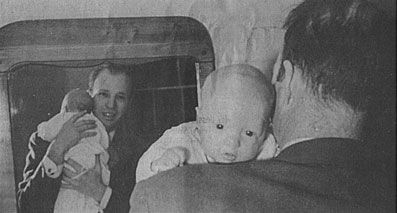
Frank Olson with one of his sons
For well over half a century, the CIA (and its predecessor, OSS) has been violating the Geneva Conventions and the United States Constitution, subjecting the guilty and innocent alike to "cruel and unusual" treatment. H.P. Albarelli's
A Terrible Mistake -- The Murder of Frank Olson and the CIA's Cold War Experiments, a fascinating and important new work of unprecedented depth (10 years in the making and involving numerous first hand interviews), pulls back the curtain on the Agency's diabolical mind control experiments and extensive efforts to assemble and analyze every known substance that could kill a person relatively easily, quickly and surreptitiously.
A Terrible Mistake is the true story of how the CIA drugged one of its own scientists and, when "the little bird" flew through a closed window on the 13th floor of the Statler Hotel in Manhattan, proceeded to publicly insist, for decades to come, that Dr. Frank Olson was mentally unstable and had committed suicide. Albarelli takes us with him as he investigates the question: did Frank Olson jump, or was he pitched?
This compelling tale not only reveals the wherefore and how of Frank Olson's murder, but looks behind the scenes at CIA and the Federal Bureau of Narcotics, deliciously acquainting us with some of the Agency's darkest characters, including: Dr. Sidney Gottlieb, head of the notorious MKULTRA program, whose mind control techniques included extensive use of LSD; the evil psychiatrist Dr. Harold Abramson; various Corsican mafia kingpins; and the ultimate spy, Pierre Lafitte. Lafitte was not only glamorously descended from the famous pirate captain, Jean Lafitte, he was also a CIA assassin, who just happened to be working as a bellman at the Statler Hotel the night Frank Olson crashed through a closed window and dropped to his death.
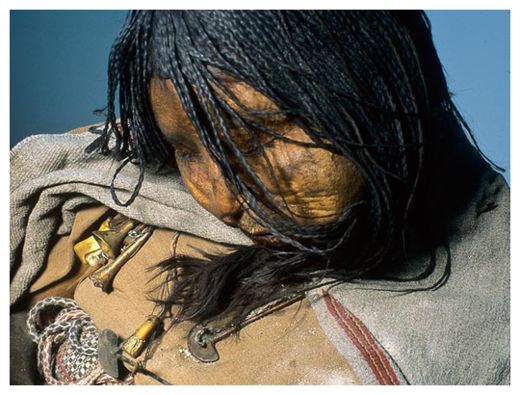
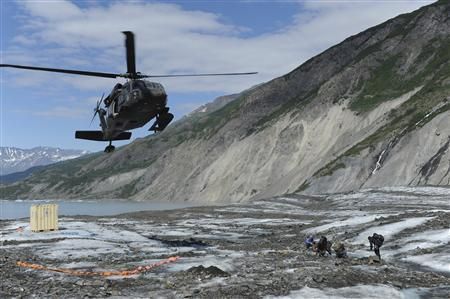

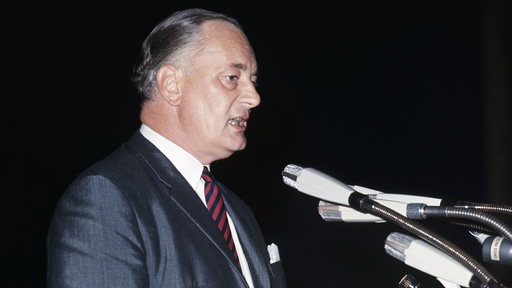
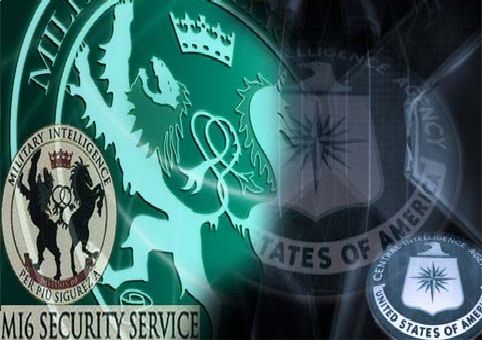
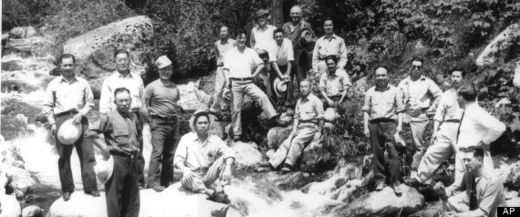




Comment: This certainly puts those reports of British-German collusion before and during World War 2 one giant leap closer to reality...